
The 1960s were a time marked by rapid technological advancement and a booming post-war economy, sparking a wave of innovations in transportation. Some ideas were revolutionary, pushing the limits of what was technologically possible, while others were merely flights of fancy, reflecting the decade’s fascination with futurism and space-age aesthetics. Here, we explore eight of the most unusual and puzzling modes of transport from that era, which, though they captured the imagination of many, seem almost impossible in today’s world.
1. Amphibious Cars
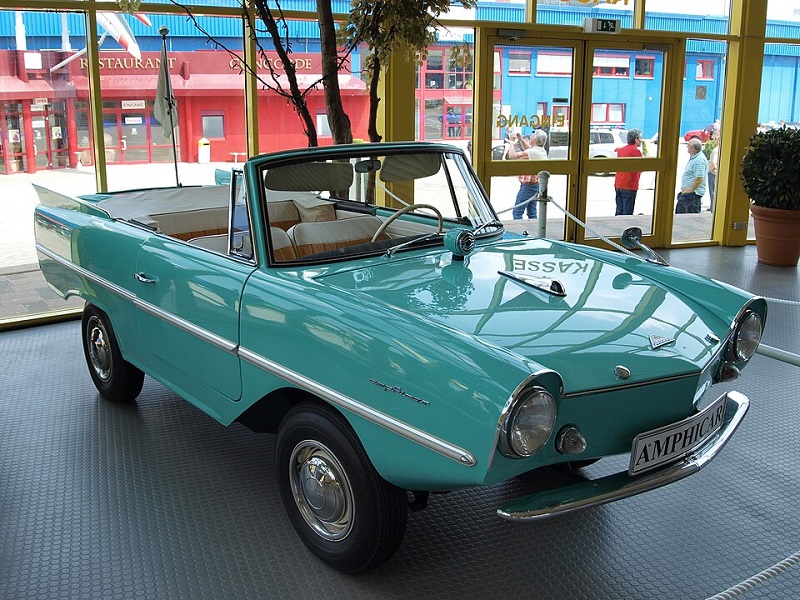
The dream of a vehicle that could seamlessly transition from land to water captivated the 1960s, leading to the creation of amphibious cars. While the concept was not entirely new, this decade saw designs such as the Amphicar, which debuted in the mid-1960s. Despite the novelty and fun they promised, practical issues such as poor on-road performance and limited water navigation capabilities led to low production numbers. Today, the idea of a car that doubles as a boat remains more a novelty than a practical reality.
2. Flying Cars
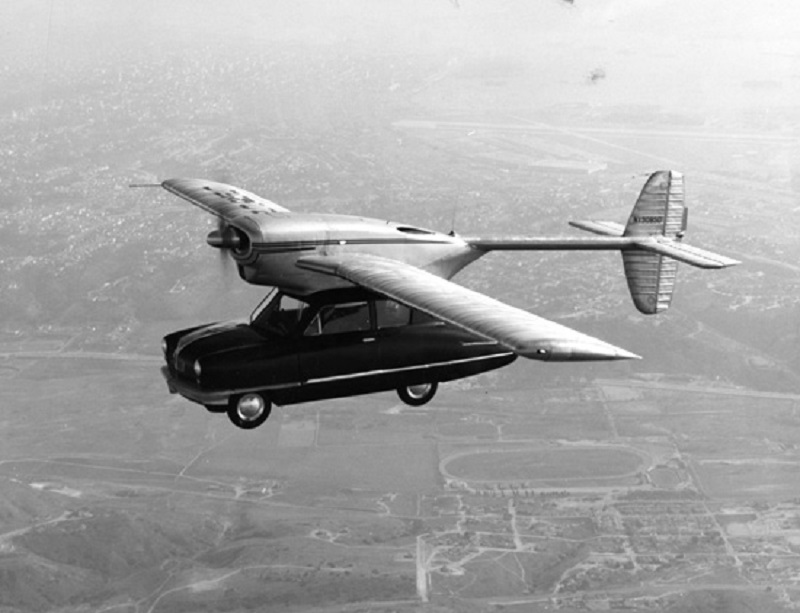
Flying cars were another product of the era’s optimism about modes of transport, with prototypes like the Convair Model 118 ConvAirCar making headlines. This hybrid car-aircraft featured a detachable plane unit and a car base, meant to offer the ultimate flexibility in transportation. However, safety concerns, high costs, and logistical issues regarding air traffic control and infrastructure prevented this concept from taking off. The idea persists in modern times but remains largely impractical.
3. Hovertrains

The hovertrain, which used air-cushion technology to float above tracks, promised to revolutionize rail travel by reducing friction and allowing for much higher speeds. Prototypes and tests occurred in the 1960s, but the technological and financial challenges were too great to overcome at the time. The concept has since been eclipsed by magnetic levitation trains, which offer a more practical and technically feasible solution.
4. Jet Packs
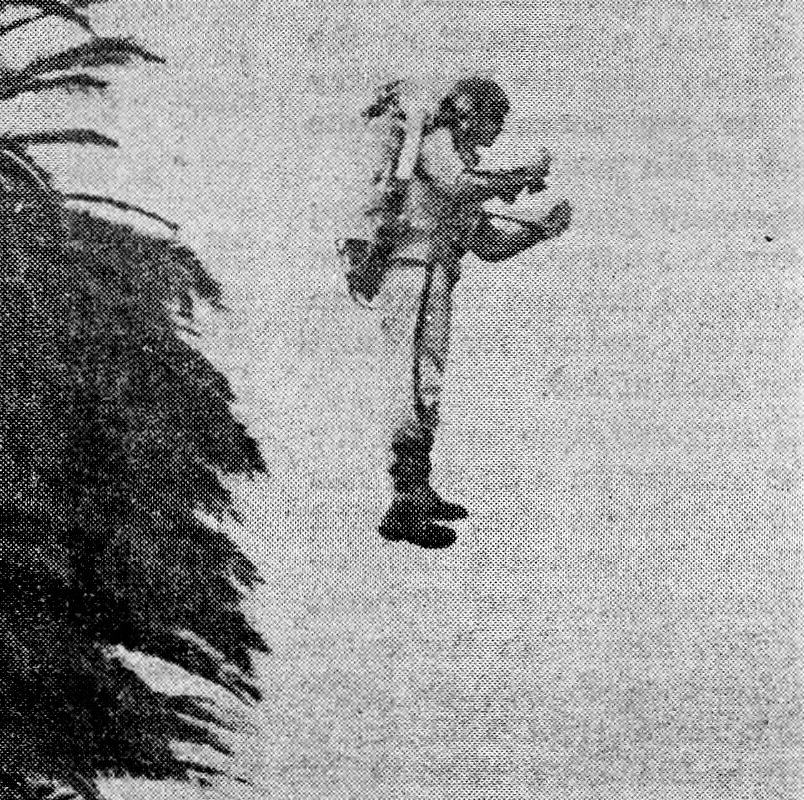
Personal jet packs captured the public’s imagination as the ultimate symbol of futuristic travel. The 1960s saw various experimental designs, including the Bell Rocket Belt, which allowed for short flights using hydrogen peroxide as propellant. Despite its appearances in films and demonstrations, the jet pack remained impractical for general use due to its limited flight time, high costs, and extensive training required for safe operation.
5. Nuclear-Powered Buses
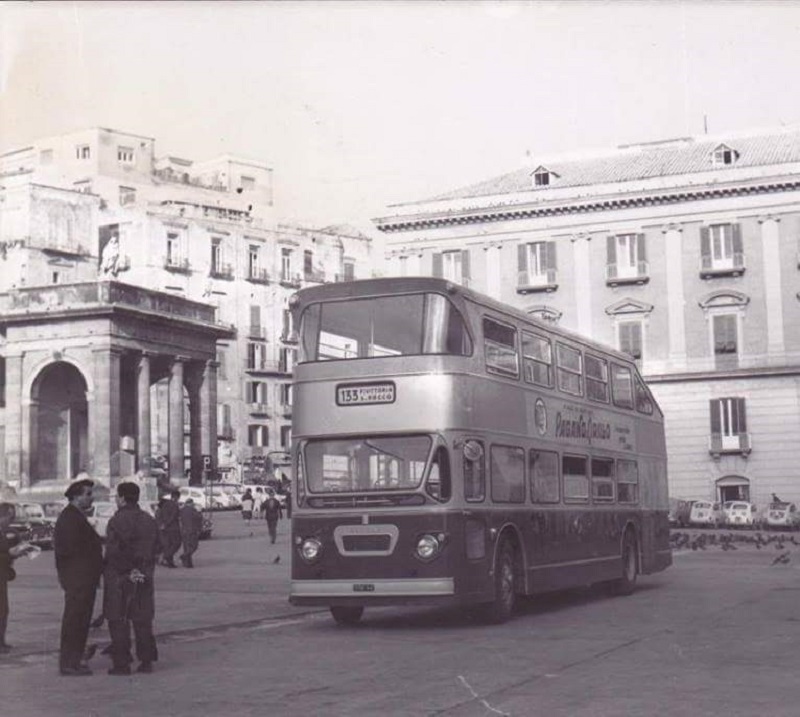
In the 1960s, nuclear power was seen as a promising new energy source for everything, including public transportation. The idea of nuclear-powered buses was proposed, fueled by the optimism about atomic energy. However, the obvious safety concerns and practical issues with using radioactive materials in everyday transportation quickly shelved these ideas.
6. Monowheels
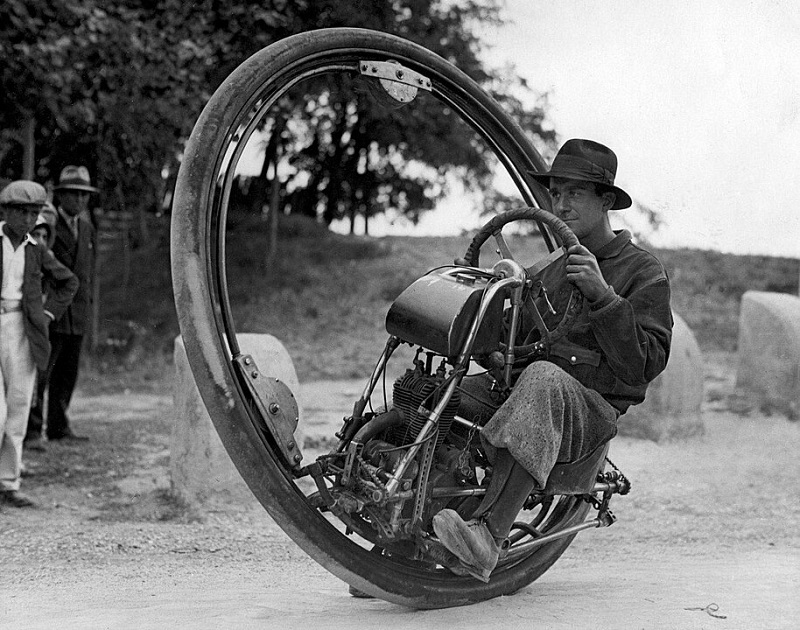
Monowheels, large single-wheel vehicles where the rider sits inside the wheel, were experimented with during the 1960s. These vehicles were more of an eccentricity than a practical mode of transport, suffering from issues with balance, comfort, and safety. The concept never moved beyond novelty and exhibition.
7. Gyrocopters
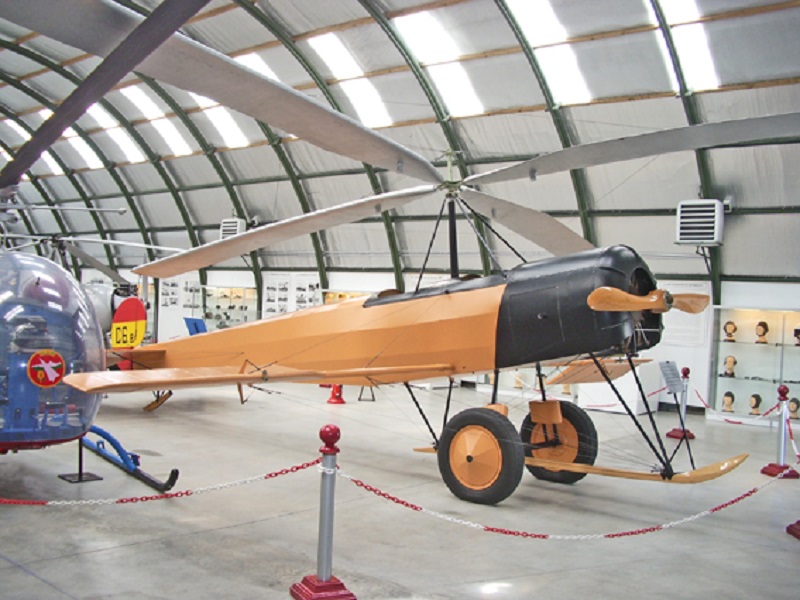
Gyrocopters, a type of rotorcraft, were developed to offer the benefits of flight without the complexity and cost of airplanes and helicopters. While they did become somewhat popular for recreational use, their commercial and practical application was limited due to their slower speeds, limited range, and vulnerability to bad weather.
8. Propeller-Powered Snow Vehicles
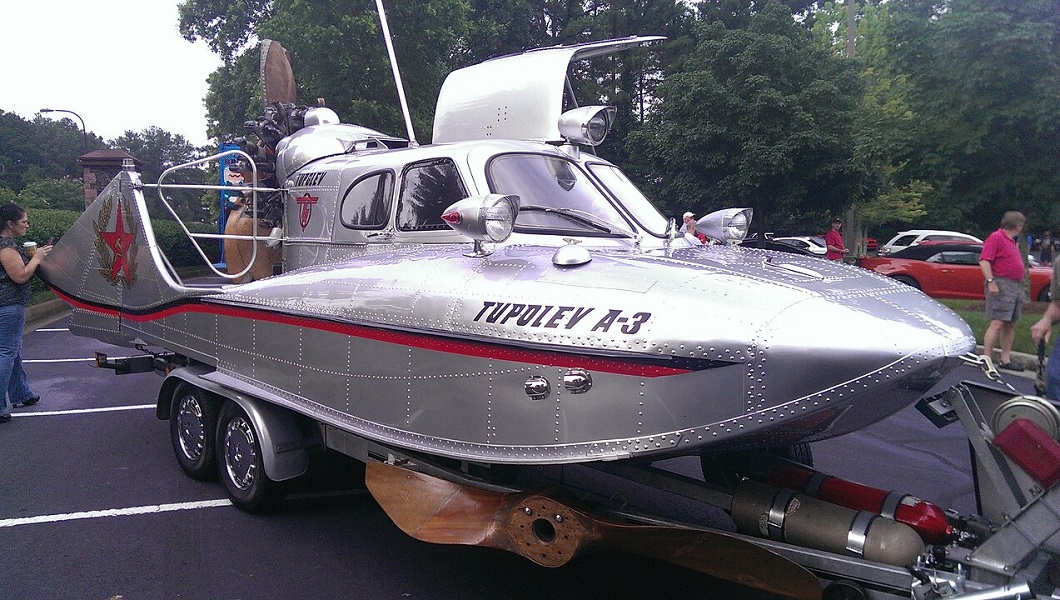
With the exploration of colder regions becoming more popular, the 1960s saw the development of propeller-powered snow vehicles, designed to traverse icy terrains efficiently. While effective in specific contexts, their practical use was too niche, and improvements in traditional snowmobile technologies eventually overshadowed these inventions.
Lessons from the Past
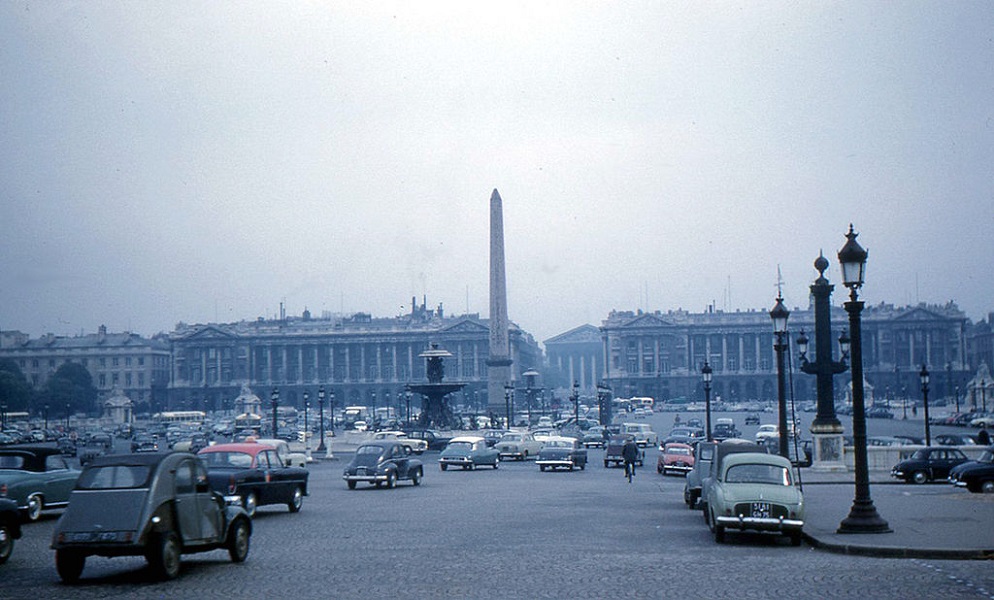
The 1960s were a decade of dreaming big, leading to some of the most imaginative yet impractical modes of transport ever conceived. These inventions, while mostly relics of the past, remind us of the enduring human desire to push boundaries and innovate. They also caution us to balance creativity with practicality—a lesson as relevant today as it was half a century ago.
10 Unique Cultural Rituals from the Early 1900s That Are Now Extinct
12 Religions You Didn’t Know Existed
|||-------------------------------------
By: Toi Williams
Title: 8 Puzzling Modes of Transport from the Early 1960s That Seem Impossible Today
Sourced From: www.dinksfinance.com/2024/04/8-puzzling-modes-of-transport-from-the-early-1960s-that-seem-impossible-today/
Published Date: Fri, 19 Apr 2024 11:15:58 +0000
Did you miss our previous article...
https://coachingbusinessowners.com/funding/traveling-with-pets-8-tips-for-stressfree-journeys-with-your-furry-friends






